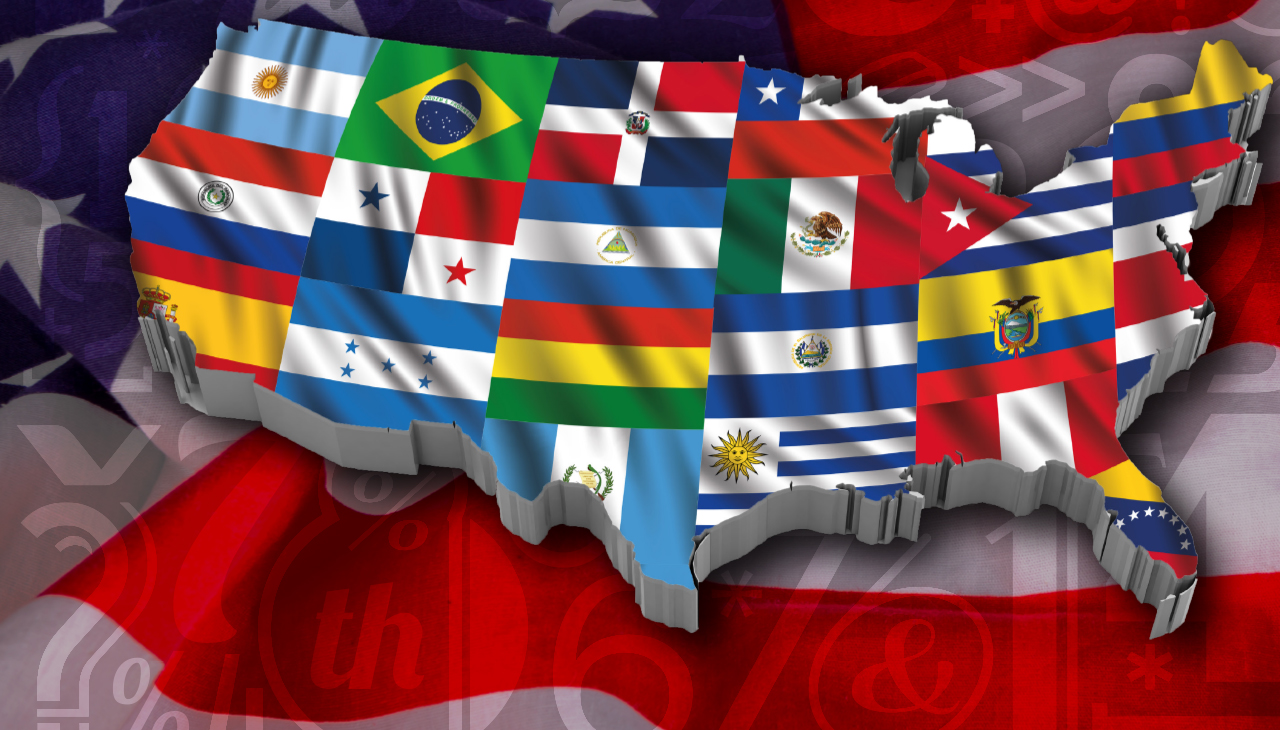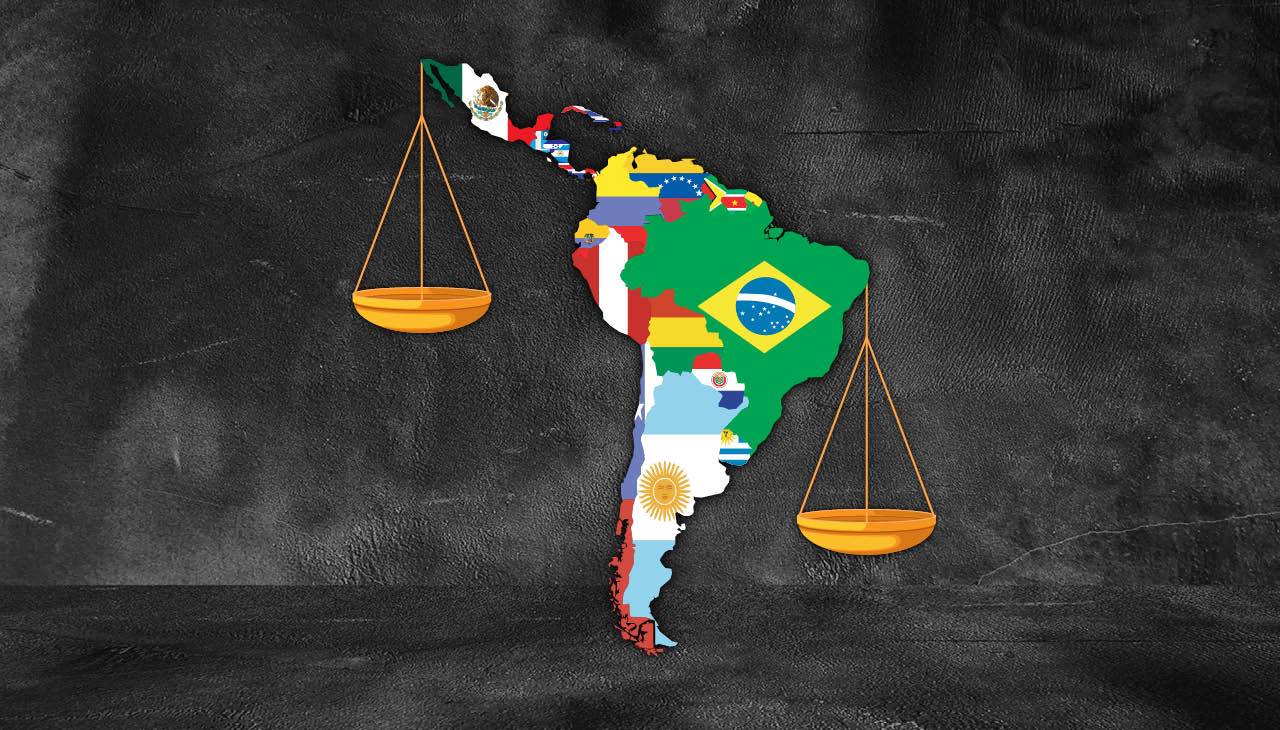
A 2020 Census uncompleted Latino assignment | OP-ED
Although it has produced tons of information, the updated tables with the number of Hispanics by nationality do not appear.
Since I saw in January that the Mexican American mathematician Robert Luis Santos became the 26th director of the U.S. Census Bureau, I have been confident he may remedy the mistake made when the federal agency deleted the American FactFinder search engine.
For an older adult like me, with limited cybernetic knowledge was easy for years to find essential statistics about the Hispanic Latino Population in the country. With the American FactFinder advanced search function, I could find tables with the numbers of Hispanics by each nationality in the decennial counting from 1990 to 2010.
Likewise, I found the estimates of the American Community Survey year by year of people of Mexican, Puerto Rican, Cuban and Dominican origin.
The statistics of Central Americans, country by country, South Americans, country by country, and Spaniards were easy to locate.
I knew how many Colombians lived in North Carolina, Mecklenburg County, the City of Charlotte, and the Town of Cornelius, where I reside.
I was born in Colombia, but I have been a North Carolinian since 2001.
Furthermore, my journalistic profession made me the point of reference in Charlotte for Bolivians, Guatemalans, or Dominicans about their numbers in states, counties, and municipalities.
I could compare North Carolina’s percentage of Argentinians or Costa Ricans with their numbers in Pennsylvania or Illinois.
With the American FactFinder search engine adding tables was very simple. Yet I made an effort to learn the agency’s latest virtual structures and methods.
RELATED CONTENT
I watched video tutorials, read information, consulted Census Public Information Officers. Still, I don’t master the new system.
When I look in the agency’s federal web page for Hispanic or Latino Origin by Specific Origin, I don’t find the 2020 Census statistics.
Two years have passed since the decennial counting. The 2020 Census has produced tons of information from a variety of topics. Nevertheless, the updated tables with the numbers of Hispanics by each nationality do not appear anywhere.
Instead, a table emerges from the 2019 American Community Survey, 1-Year Estimates. An already unveiled three-year-old statistic before the decennial counting.
I believe data about Hispanic nationalities must be a priority due to the Latino population’s massive increment reflected in the 2020 Census.
As part of his duties, Director Santos writes a blog. The figures of Mexicans, Caribbeans, Central Americans, South Americans, and Spaniards may be an exciting subject for the first Latino head in the history of the U.S. Census.
Santos was born and raised in San Antonio, Texas. Par excellence Latino City and State.










LEAVE A COMMENT:
Join the discussion! Leave a comment.